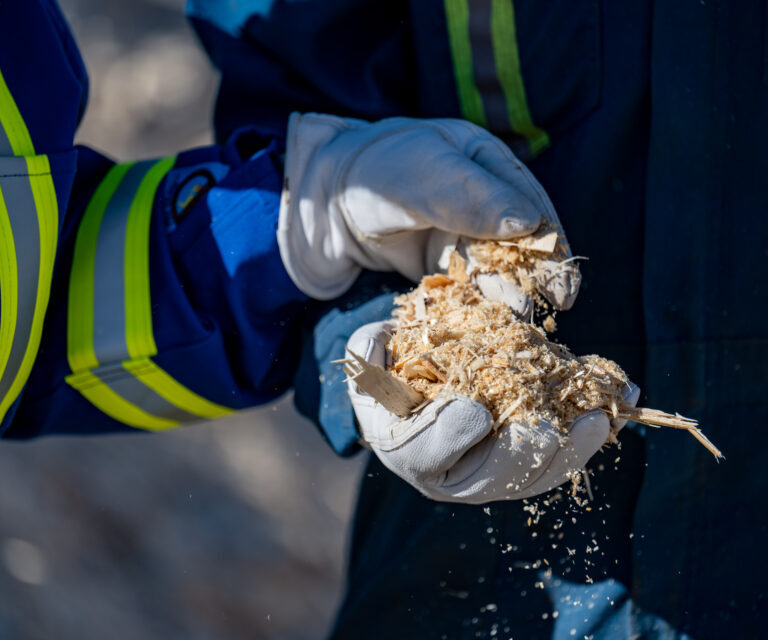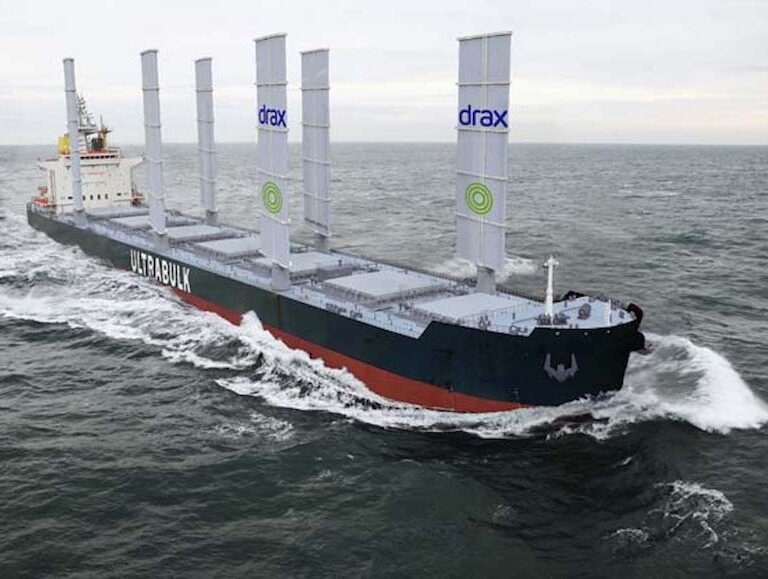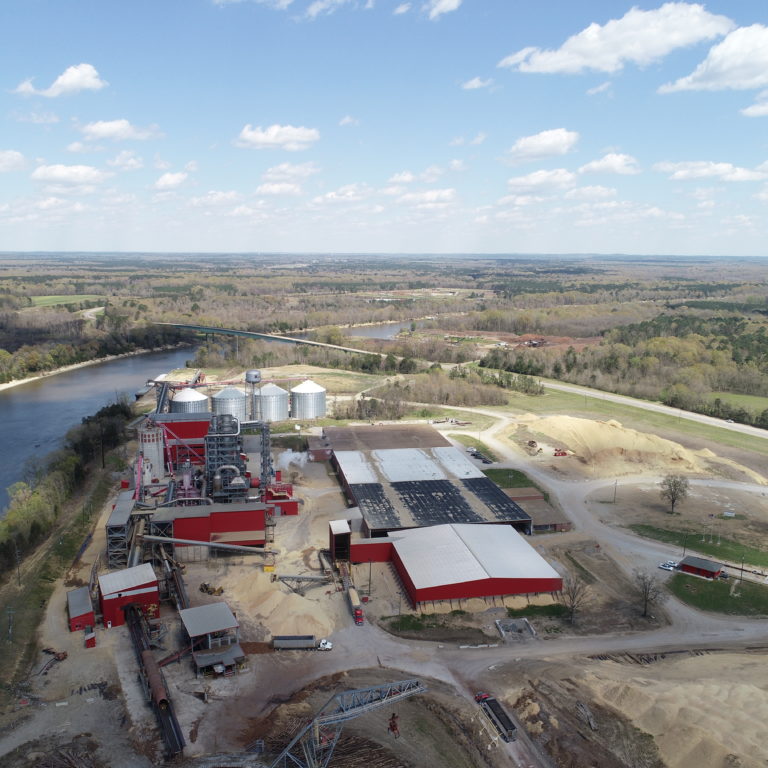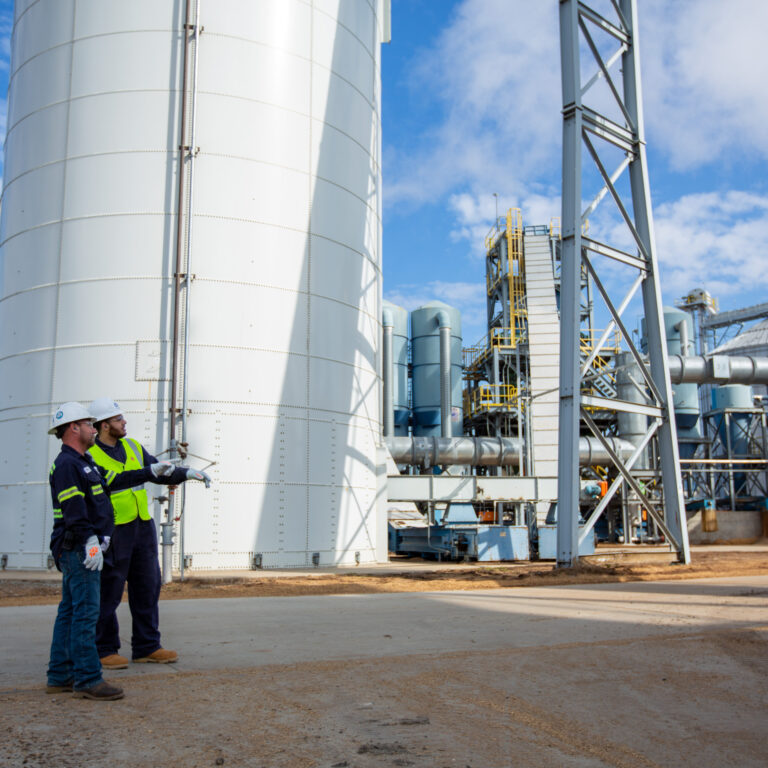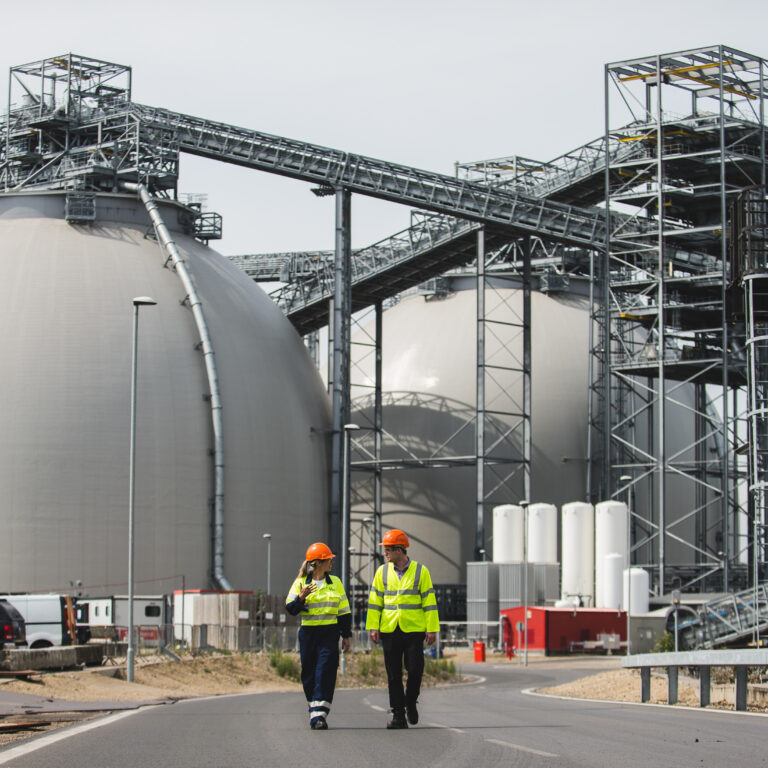This month, Drax, the world’s leading producer and user of sustainable biomass, loaded its 200th shipment of sustainable biomass at the Port of Greater Baton Rouge. The shipment marks a major milestone for Drax’s operations in the United States as it amounts to more than 10 million tonnes having been shipped and used to generate renewable dispatchable power for homes and businesses in the UK.
“Reaching a milestone like this highlights the tremendous work of the thousands of people employed throughout our global biomass supply chain, including our shipping partners,” said Matt White, Executive Vice President of North America Operations for Drax. “Drax is committed to ensuring our sustainable biomass continues to deliver positive outcomes for the climate, our environment, and the communities where we work.”
The 200th shipment was loaded on to the MV Belguardian – a bulk carrier vessel that will travel across the Atlantic Ocean before arriving at Associated British Ports’ Humber International Terminal. From there, the biomass will be transported by rail to Drax Power Station. A cargo typically takes around 17 to 21 days to reach the UK. The logistics are achieved through a coordinated effort from long term partners including HOST, Alfred H Knight and Ultrabulk.
“Since 2014 when HOST began operating the Drax facility in Port Allen, we have anticipated the growth potential on the Mississippi River, and HOST is proud to have facilitated the loading of the 200th shipment of sustainable biomass from the DRAX facility,” said Adam Anderson, Chairman and CEO of T. Parker Host. “We appreciate our partnership with Drax and look forward to continuing to raise the bar collectively in Port Allen.”
“Alfred H Knight has a strong history of delivering independent inspection and analytical services for shipments of commodities around the world,” said John McIndoe, General Manager of Energy Services for Alfred H Knight North America. We are proud to have played a role throughout each of the 200 shipments of sustainable biomass fuel and will continue to provide support to Drax with their decarbonisation strategy.”
Over the last decade Drax has converted four of its power station’s six generating units to use sustainable biomass instead of coal. This has transformed Drax, which supplies 12% of the UK’s renewable electricity, into the country’s largest renewable power generator and the biggest decarbonization project in Europe.
“We are excited and proud to be a part of Drax´s journey towards becoming carbon negative,” said Michael Paulsen, Head of US Gulf/Caribbean for Ultrabulk. “Ultrabulk is also firmly committed to the transition towards zero emissions in the shipping industry, which is a significant part of our own decarbonization strategy.”
An independent analysis by Chmura recently showed that sustainable biomass is now a key industry across the southeast U.S., boosting the economic prospects for rural communities. The cumulative economic impact of Drax’s operations from 2023 to 2030 is estimated to be $8.3 billion in total spending and $3.4 billion in GDP across Louisiana, Arkansas, Mississippi and Alabama.
Sustainable biomass uses harvest residuals and low-grade wood, such as tops and branches, low-quality trees or parts that are diseased or misshapen. The market for low-grade wood helps improve the health and productivity of forests while providing rural counties with a new income stream.
Media contacts
Alex Schott
Vice President, North American Communications
E: alex.schott@drax.com
T: 318-372-4091
Photo/Video captions:
- Biomass wood pellets are shipped via the MV Belguardian bulk carrier vessel at the Port of Greater Baton Rouge in Louisiana.
About Drax
Drax Group’s purpose is to enable a zero carbon, lower cost energy future and in 2019 announced a world-leading ambition to be carbon negative by 2030, using bioenergy with carbon capture and storage (BECCS) technology.
Drax’s around 3,000 employees operate across three principal areas of activity – electricity generation, electricity sales to business customers and compressed wood pellet production and supply to third parties. For more information visit www.drax.com/us.
Power generation:
Drax owns and operates a portfolio of renewable electricity generation assets in England and Scotland. The assets include the UK’s largest power station, based at Selby, North Yorkshire, which supplies five percent of the country’s electricity needs.
Having converted Drax Power Station to use sustainable biomass instead of coal it has become the UK’s biggest renewable power generator and the largest decarbonization project in Europe. It is also where Drax is piloting the groundbreaking negative emissions technology BECCS within its CCUS (Carbon Capture Utilization and Storage) Incubation Area.
Its pumped storage, hydro and energy from waste assets in Scotland include Cruachan Power Station – a flexible pumped storage facility within the hollowed-out mountain Ben Cruachan.
The Group also aims to build on its BECCS innovation at Drax Power Station with a target to deliver four million tons of negative CO2 emissions each year from new-build BECCS outside of the UK by 2030 and is currently developing models for North American and European markets.
Pellet production and supply:
The Group has 19 operational pellet plants and developments with nameplate production capacity of around five million tons a year.
Drax is targeting eight million tons of production capacity by 2030, which will require the development of over three million tons of new biomass pellet production capacity. The pellets are produced using materials sourced from sustainably managed working forests and are supplied to third party customers in Europe and Asia for the generation of renewable power.
Drax’s pellet plants supply biomass used at its own power station in North Yorkshire, England to generate flexible, renewable power for the UK’s homes and businesses, and also to customers in Europe and Asia.
Customers:
Drax supplies renewable electricity to UK businesses, offering a range of energy-related services including energy optimization, as well as electric vehicle strategy and management.
To find out more go to the website www.energy.drax.com








